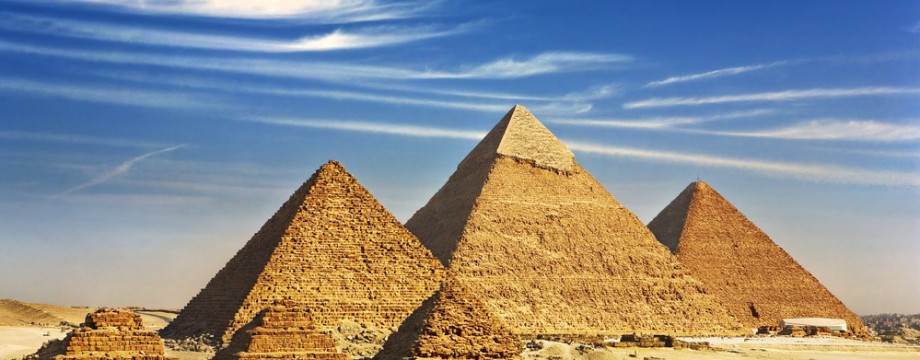One of the latest findings of Ancient Egyptian artefacts is that of a star table. Thanks to Professor Sarah Symnons from the University of McMaster in Hamilton, Canada, who has recorded this new artefact at approximately 2,400 years old.
While the function of this table is unclear, it illustrates the asterism of the ‘Big Dipper’ and forms part of the constellation that we know as the Ursa Major. It was found inside the lid of a granite bull sarcophagus. Inside the sarcophagus, the astronomical table includes a section which consists of a diagram of a foreleg of an ox shown in different positions which is ‘quite a jumble,’ according to Professor Symnons.
The ‘Big Dipper’ is recognised today as seven stars in the northern sky shaped like a ladle. The Ancient Egyptians identified these same stars as the foreleg of an ox. This star constellation is a key navigational reference, as it never drops below the horizon and only ever moves counter-clockwise. This fact suggests that the Ancient Egyptians observed the star constellations and used their predictable movements to map progress through the three seasons.
Professor Symnons tells us of the table being “unique, though interesting, a very provocative astronomical object,” The table provides valuable information regarding the three Ancient Egyptian seasons of Aknet (wet season), Penet (harvest) and Shemu (dry season).
Due to this constellation’s prominence in the night sky, it appears frequently in cultures, according to Christian belief (Amos 5:8) the constellation represented divine leadership and was frequently used to guide people safely through the desert.
The Ancient Egyptians were very interested in the sky, as it was linked to their religious views of the Gods and how the Gods created life and separated the sky from the earth and the underworld.
According to Professor Symnons it is believed that this star table was from the 30th Dynasty. This was seen as an important time in Egypt’s history as it was known for having the last Native ruler, Nectanebo II, to sit on the throne.
It is still unclear whether the Egyptians monitored the night sky every night at the exact time, to obtain these results. But one thing that is clear, is that this star table demonstrates that the Ancient Egyptians had a strong focus on astronomy.
Copyright © 2011 Aleesha Buscombe
Bibliography
http://www.sott.net/articles/show/217602
http://www.touregypt.net/featurestories/bull.htm
http://www.newkerala.com/news/world/fullnews-80736.html
http://homepage.mac.com/kvmagruder/bcp/aster/general/dipper.htm
http://www.reference.com/browse/Foreleg-thigh_of_ox
